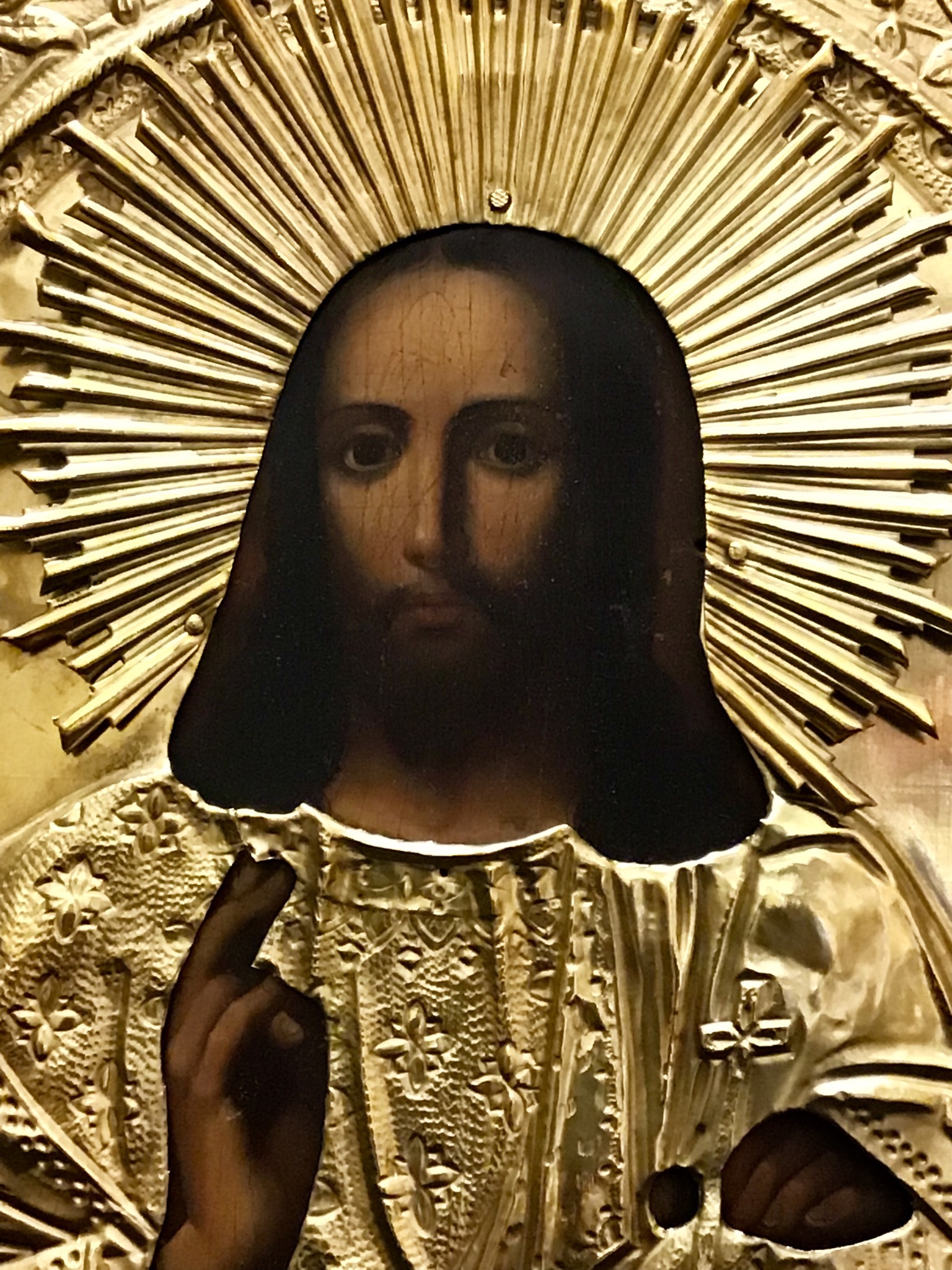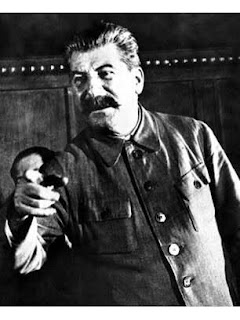Novodevichy Cemetery is the most important cemetery in Moscow, located at the Novodevichy Monastery, a 16th century convent, a World Heritage Site since 2004.
Anton Chekhov was one of the first characters buried in the new necropolis, and Nikolai Gogol 'was later moved here too. During the Soviet era it became the most exclusive cemetery in Russia, thanks to the presence of Nikita Khrushchev, Sergej Prokofiev.
One afternoon I left the fair pavilion in Sokolniki and decided to pay a visit to this famous cemetery. After a quick glance at the graves of the most important characters, I entered the church whose floor was covered with straw according to an Orthodox autumn ritual while at the altar three popes sang splendid music accompanied by four black dressed 'pinzochere' (nuns).
She approached the pope who interrupted their chants while whispering. One of these muttered something and gave a blessing with the sprinkler.
That woman was one of the many mothers who, risking big problems with the police, went to that church to have their babies baptized. (a few decades later Vladimir Putin would have said he was also one of the baptized secrets).
I noticed that on my right in an almost completely darkened area was a guy, a young man, stuffed into a black anorak.
"Do you want to bet this guy is a secret police officer ?!", I said to myself, as the young man was moving in my direction.
I told him I was Italian and at that point his face cleared up; he put his hand in his pocket and took out a small book of photographs. They were reproductions of Raphael's works of which Pietro, this is his name, was a passionate admirer.
We became friends Pietro and I and every time I returned to Moscow I did not fail to call him and spend a few hours with him in a restaurant.
Pietro was a cardiologist and earned as much, if not less, than a foreman in a state company.

My cardiologist friend practiced in the few free hours left by his profession playing the piano until the other occupants of the apartment ordered him to end it at least for that day.
Pietro hoped to be able to accompany his wife as a pianist in some of her performances abroad.
I asked him to guide me in the visit of the State Tretyakov Gallery.

"This is one of the last images of Lenin. See how emaciated he is compared to the other paintings in this section of the gallery. By now the syphilis, having reached the third degree, was eating his brain ..."
In my last trips to Moscow I have tried to reconnect with Pietro without success. None of his roommates wanted or could tell me where he had moved or where 'they' had moved him.






No comments:
Post a Comment